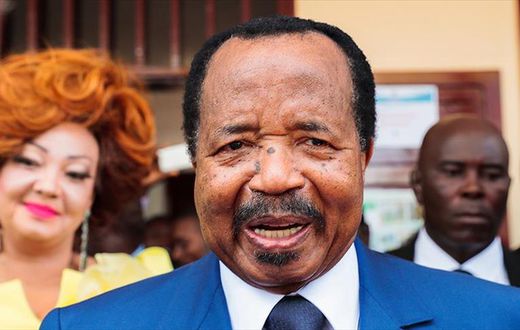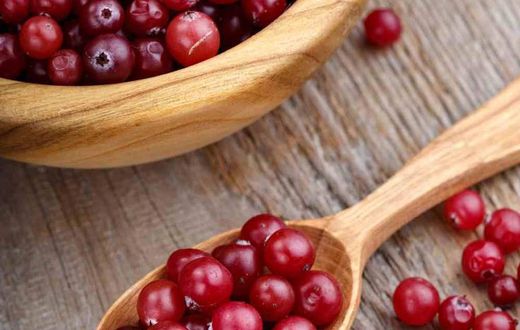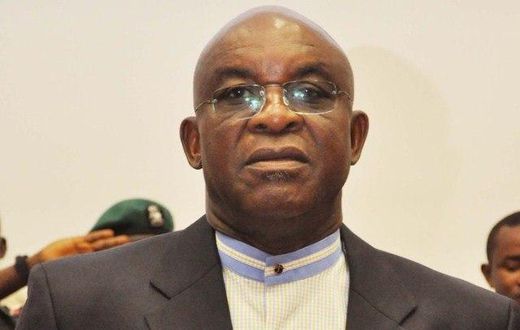The Gap Between Production and Demand
This widening gap between production and demand is being filled by a surge in imports, with 2.4 million metric tonnes brought in during 2024—up sharply from 1.89 million the previous year. Experts say that any gains in homegrown rice are threatened by mounting production costs, erratic rainfall, pest infestations, and the absence of reliable irrigation infrastructure, all of which hit southern producers especially hard.

Previous Government Interventions
Previous administrations had sought to boost production by providing power tillers and motorised weeders, alongside promises of financial support to farmers. However, rural growers allege that many never received these benefits, raising questions around transparency and the reach of these interventions.
Decades of Government Programs, Elusive Self-Sufficiency
For more than 40 years, Nigerian policymakers have tried to bridge the rice supply gap through a series of research, extension, and capacity-building initiatives. Despite these ongoing efforts, the reality remains stubborn: local output consistently falls short of the population’s appetite for rice.
A History of Presidential Initiatives
The turn of the millennium saw the launch of the Presidential Rice Initiative under President Olusegun Obasanjo, aimed specifically at closing the gap between production and consumption…

More on Government Interventions
Everyday Barriers: Land, Labour, and Logistics
In Ebonyi State, which counts among Nigeria’s leading rice producers, local farmers still grapple with issues ranging from expensive land rentals to difficult harvests and punishing transport costs…

John Nnabo of Atikwo community echoed these sentiments…






